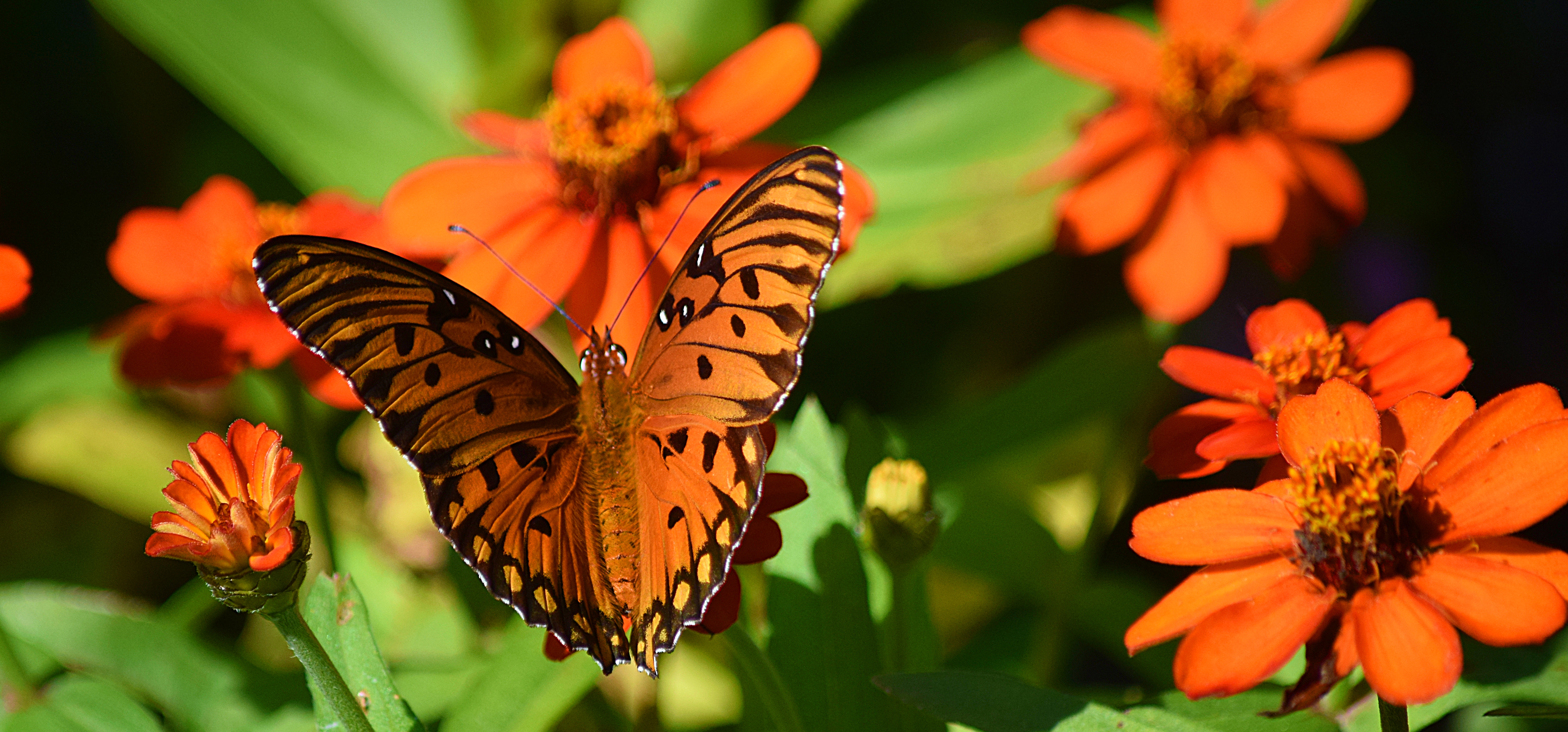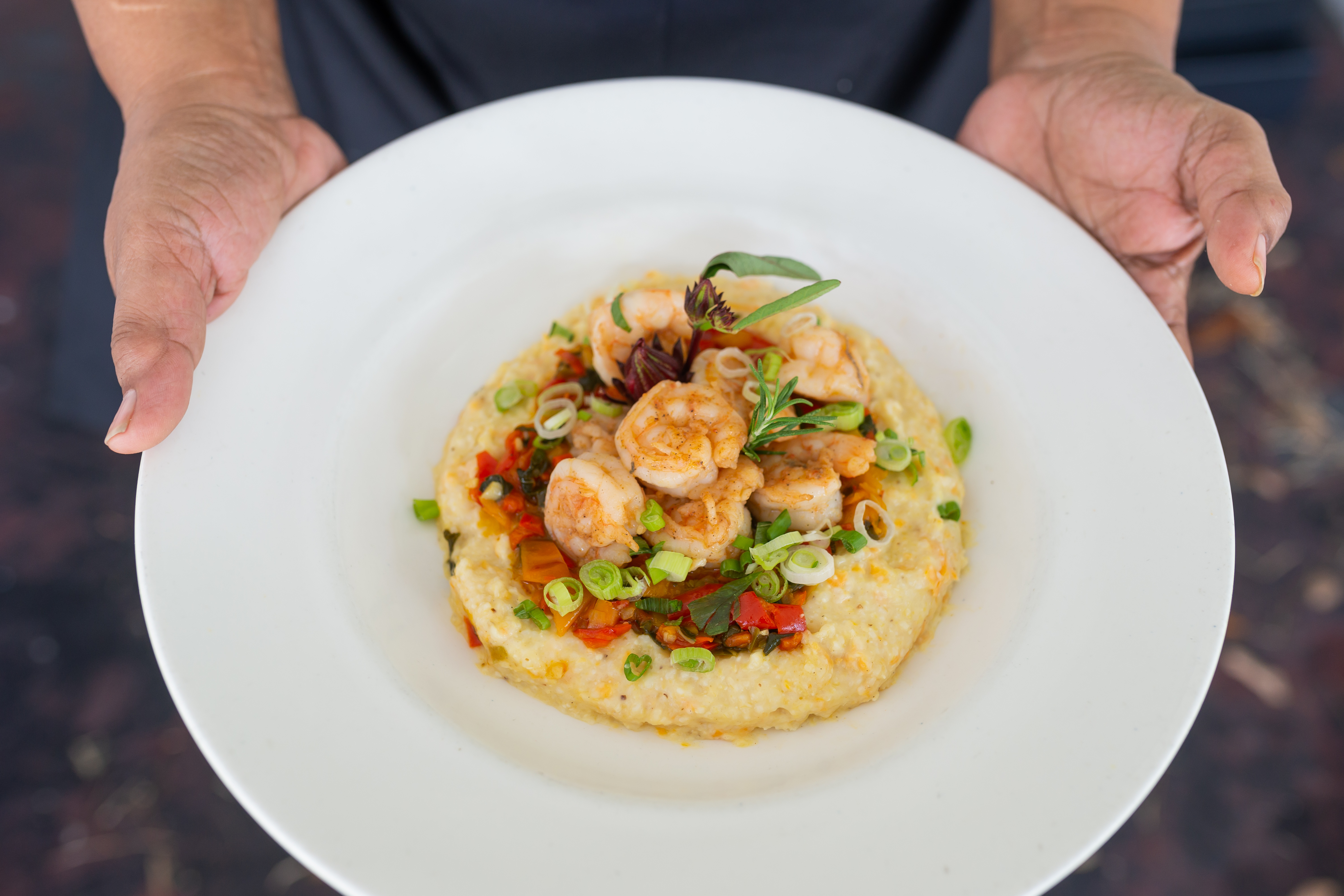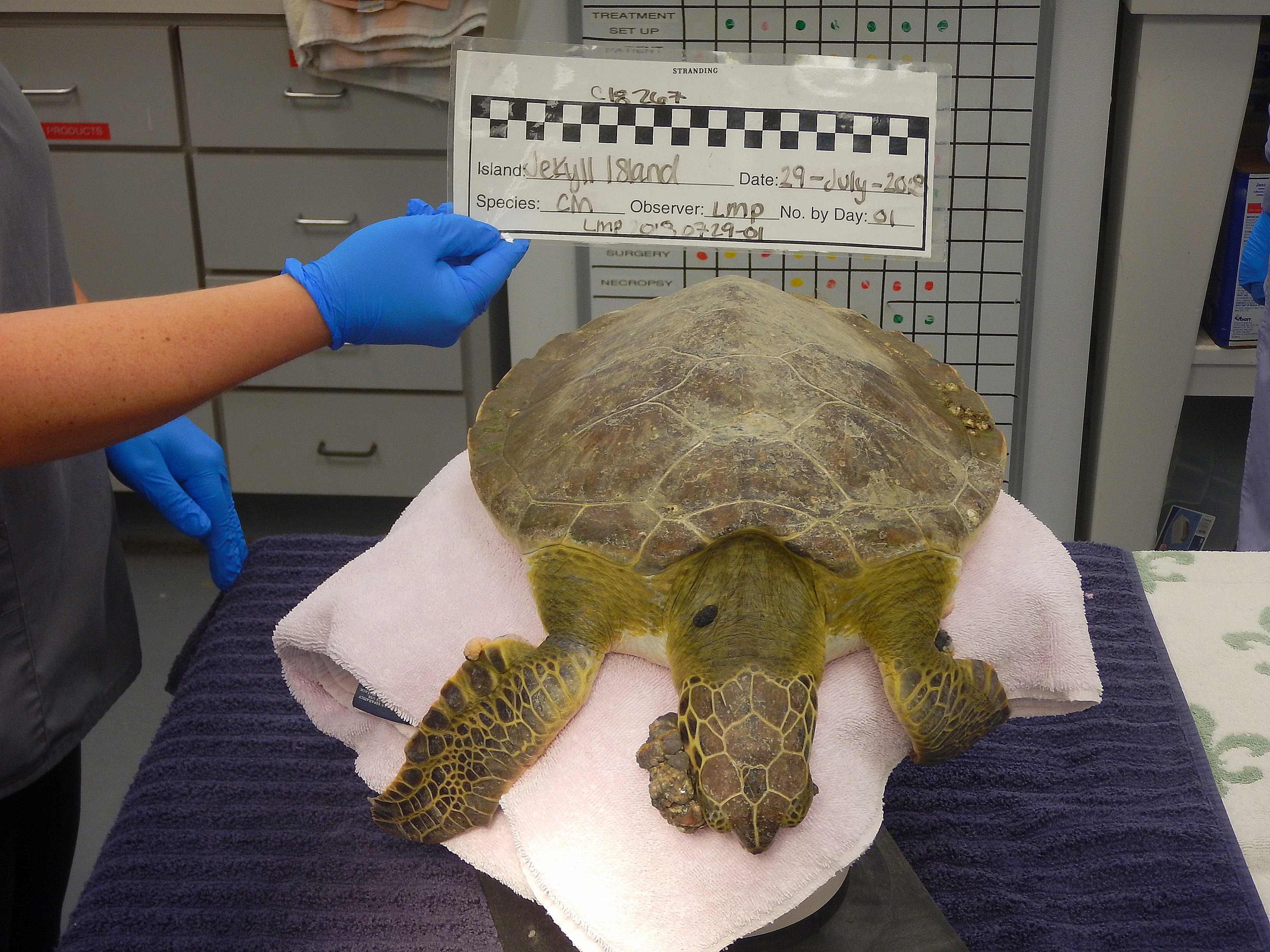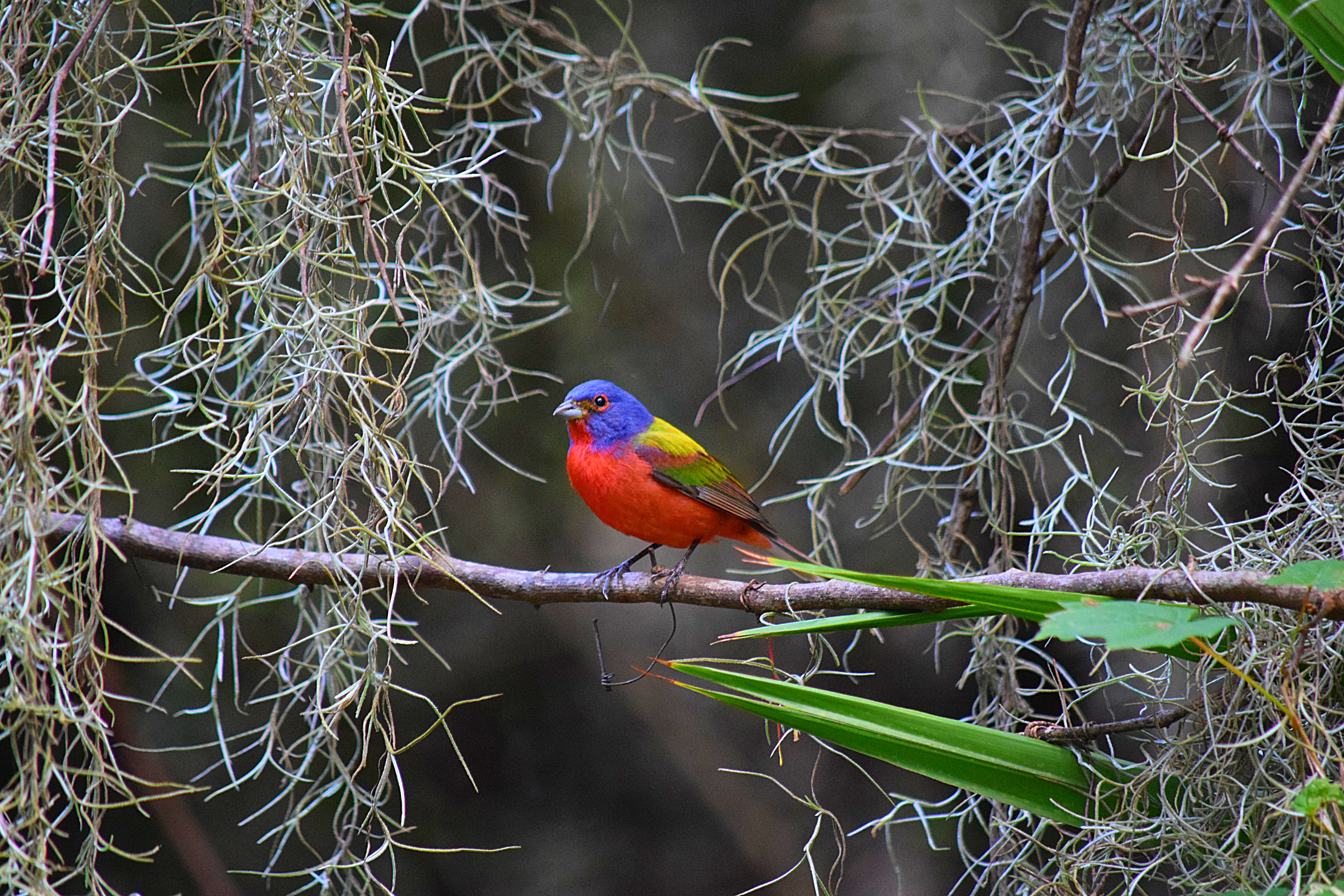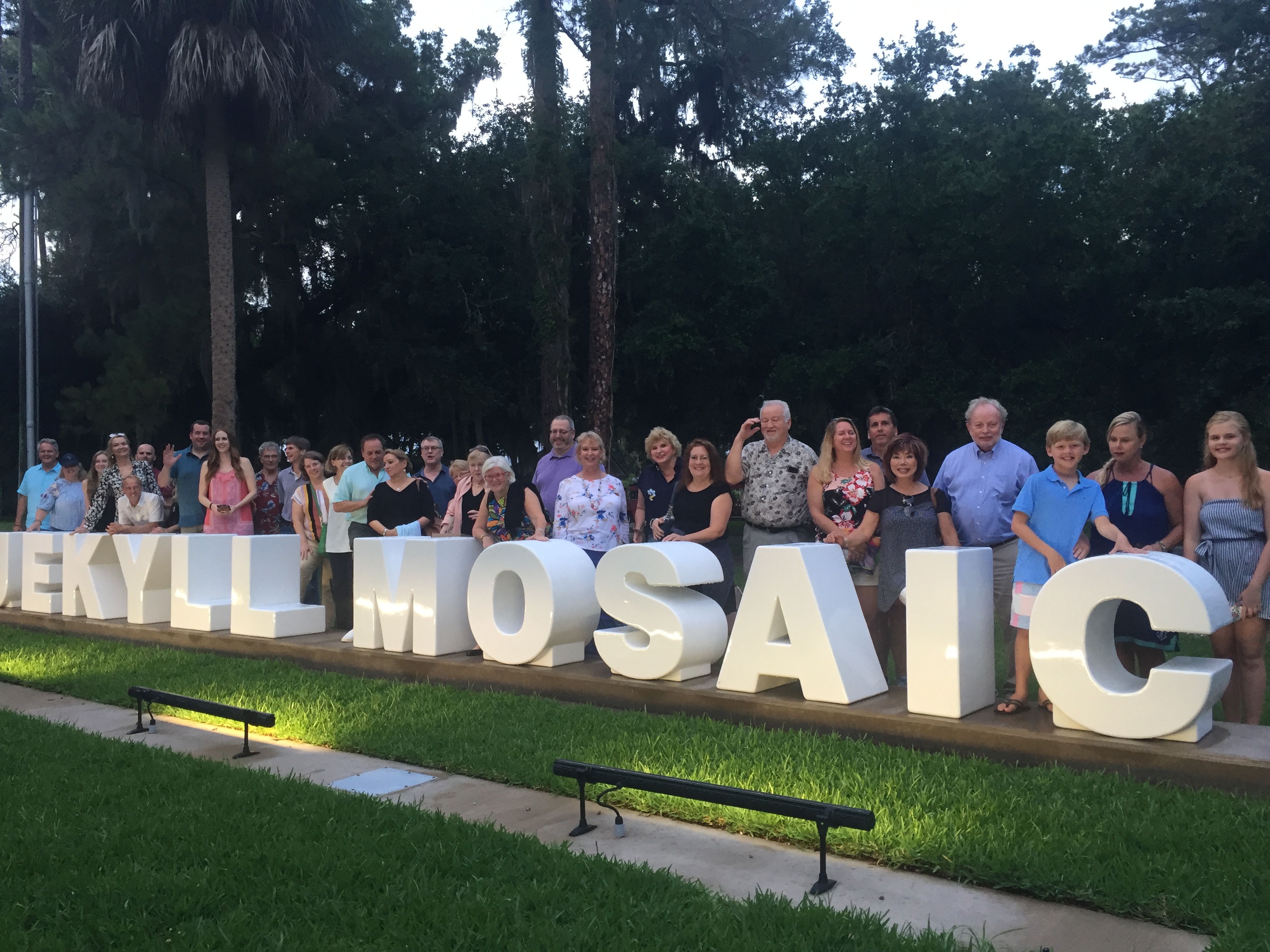By Michelle Kaylor, Rehabilitation Manager and
Aislinn Wright, Educator I
Jekyll Island Authority’s Georgia Sea Turtle Center
The 2019 Diamondback Terrapin (DBT) nesting season officially ended on July 26th. From the first terrapin found on April 7th to the last on July 30th, 485 adult females were encountered while attempting to nest on the Jekyll Island Causeway. Of those 485, 360 were safely measured, weighed, provided a health assessment and identification code, and then moved off the road – that’s a save rate of about 75 percent! SO EXCITING!
A total of 194 eggs were collected – from females struck by cars during their attempt to cross the road – and placed in incubators at the GSTC. We are happy to say that over 82 eggs have already successfully hatched!
One special case was a female named Jicama. She was struck on the causeway and fortunately survived. Under GSTC staff care, screws and wires were used to stabilize her fractured shell. Jicama did not have the chance to lay her nest before being struck, so she still had eggs inside her. She was later induced to lay them in the GSTC hospital. After incubating approximately 45 days, the first of her babies emerged from their eggs on July 16th!
It isn’t often that a terrapin survives a vehicle strike, so this was a special moment to see both the mother survive and her babies hatch after such a traumatic event. More of her eggs hatched over the next few days, and eventually Jicama and her babies were all able to be released back into the marsh. Another WIN!
The 2019 Diamondback Terrapin Road Season could not have been successful without the support from YOU, the Jekyll Island Foundation’s donors. Please continue to support the DBT work by clicking here.


